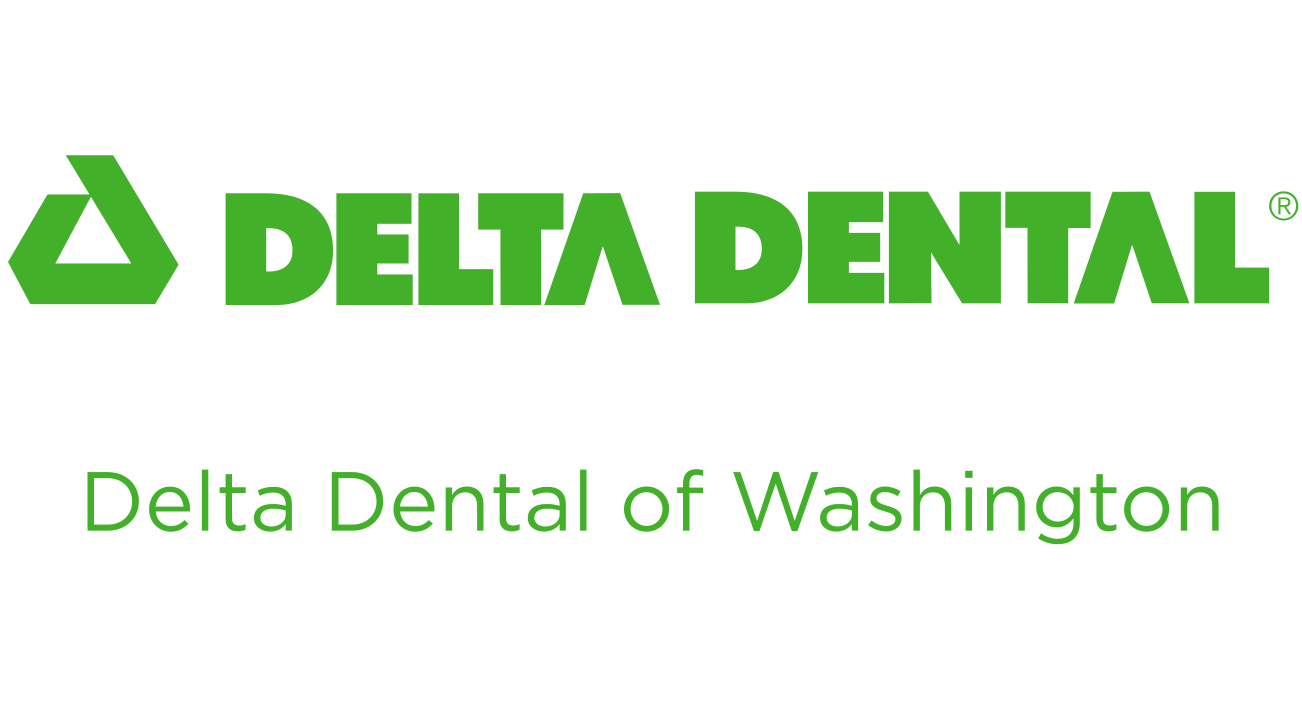This post was originally published July 2019. Updated October 27, 2020
According to a study by the American Dentals Association, a majority of people in the US have dental benefits. But most of them don’t give their coverage a second thought – I mean, you either have dental insurance or you don’t, right?
Unfortunately, it’s not that simple. “I thought I had full coverage dental” are the famous last words of many a cost-conscious patient. But what exactly is full coverage dental insurance? And is it the best option of you or your family?
Take a little time to familiarize yourself with the difference between full coverage dental plans vs partial coverage plans — and every option in between. The most important thing is to understand your dental coverage options before you end up in the dentist chair.
Need coverage? Shop our Individual & Family™ plans to find the one that’s right for you!
Get Your Quote
What is "Full-Coverage Dental Insurance?"
Full coverage dental insurance can be a confusing term.
For example, some Delta Dental plans offer 100% coverage on certain types of treatments, like cleanings and x-rays, but require that you pay out-of-pocket costs for others.
Every full coverage dental plan is different, but according to the National Association of Insurance Commissioners and the National Association of Dental Plans, premium dental plans usually include the following coverage:
- Routine and preventative care: Most premium dental plans cover 100% of preventative care. This includes routine cleanings, sealants, and X-rays.
- Restorative procedures: This refers to extractions, fillings, periodontal gum disease treatment, and sometimes root canals. With a full coverage dental plan, patients pay an average of 50 - 80% out-of-pocket for basic procedures.
- Major procedures: This refers to complex procedures like crowns, bridges, dentures, and sometimes root canals. Even a full coverage dental plan usually covers major procedures at a lower percentage. Patients typically pay 50% out-of-pocket.
Full-Coverage Dental Plans with No Annual Maximum
When shopping for full coverage dental insurance, many people look for plans with no annual maximum. But what exactly does this mean, and is it the right option for you?
There are two kinds of maximums: an annual maximum and a lifetime maximum. In both cases, having a plan that includes a maximum is not actually as scary as it sounds.
A full coverage dental plan with no annual maximum means that there is no cap on the amount of services your insurance pays for during any given benefit year. Your plan may list an “annual maximum,” but this refers to the top dollar amount your insurance pays for all your dental services over a one-year benefit period.
But a word of caution: no annual maximum on a full coverage dental plan does not mean no out-of-pocket cost to you. Copays and coinsurance may still apply. The annual maximum just refers to the money your plan pays your dentist, above and beyond your own out-of-pocket costs.
A full coverage dental plan with no lifetime maximums are a little different. Lifetime maximums usually refer to the amount paid for specific dental services over the entire time you’re covered under that plan, not the amount paid for all your dental services. Treatments for TMJ, orthodontia, and other specialized services sometimes carry a lifetime maximum.
Is No Annual Maximum Important for My Dental Coverage?
If you expect higher than average dental work over the next year, you might consider a full coverage dental plan with no annual maximum.
Or, you might consider a dental plan that has a shared annual maximum, like our Family Advantage plan. In this plan, you'll get a shared dollar benefit to put towards your dental care in addition to the plan's per-person dollar maximum.
If you don’t expect major dental work, then getting a dental plan with no maximums might not matter as much. After all, insurance providers do a pretty good job of estimating the costs of an average person’s dental procedures.
In fact, the National Association of Dental Plans estimates only between 2-6% of Americans reach their annual maximum in any given year.
Full-Coverage Dental Plans with No Waiting Period
Unlike health insurance, many dental plans have a waiting period — usually between 6-12 months — for some or all services. Even full coverage dental insurance often requires a waiting period before undergoing expensive procedures like crowns and root canals.
Waiting periods for dental plans seem like a drag, but these provisions keep people from signing up for insurance only when they need expensive procedures, then dropping coverage as soon as the work wraps up.
Many employer-sponsored plans do offer full coverage dental insurance with no waiting period. Some PPO plans (Preferred Provider Organization) also waive waiting periods for full coverage dental.
To encourage a focus on preventative care, many of our plans cover all diagnostic and preventative services with no waiting period.
Is a Full-Coverage Dental Plan Right for Me?
Deciding on full coverage dental insurance is an individual choice. When choosing, consider these questions:
What are the monthly premium costs for a full coverage dental plan?
Do you anticipate needing major dental work in the near future?
Do you have children on your plan, who are more prone to cavities?
Are you older and more likely to need crowns or other restorative work?
Have you talked to your dentist about the average costs of certain dental procedures?
See, there is a lot of nuance to the term full coverage dental insurance, more than most people realize.
That being said, full coverage dental insurance might still be the best option for you, giving you a better fit for coverage than a lower-cost plan. It all depends on your dental needs, your budget, the insurance options in your area, and in some cases your threshold for risk.
Need coverage? Shop our Individual & Family™ plans to find the one that’s right for you!
Get Your Quote












